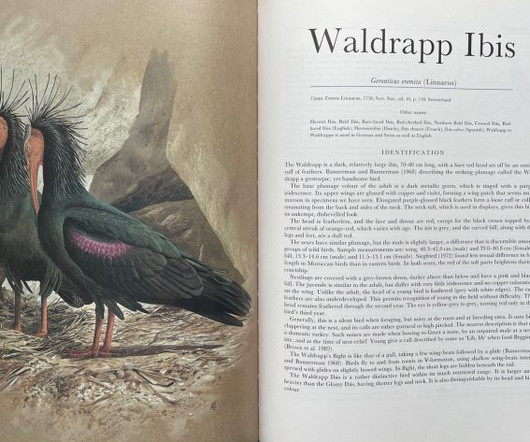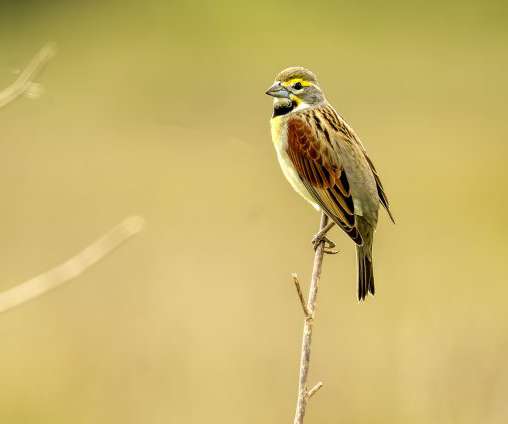The return of the Old Man
10,000 Birds
FEBRUARY 23, 2024
Many have been shot since the project started, despite a great deal of publicity raising awareness of the birds. On a visit in October 2022, I found ibises feeding with cattle in scruffy roadside paddocks adjacent to the marismas ( photographs below ). Here they were easy to overlook.













Let's personalize your content